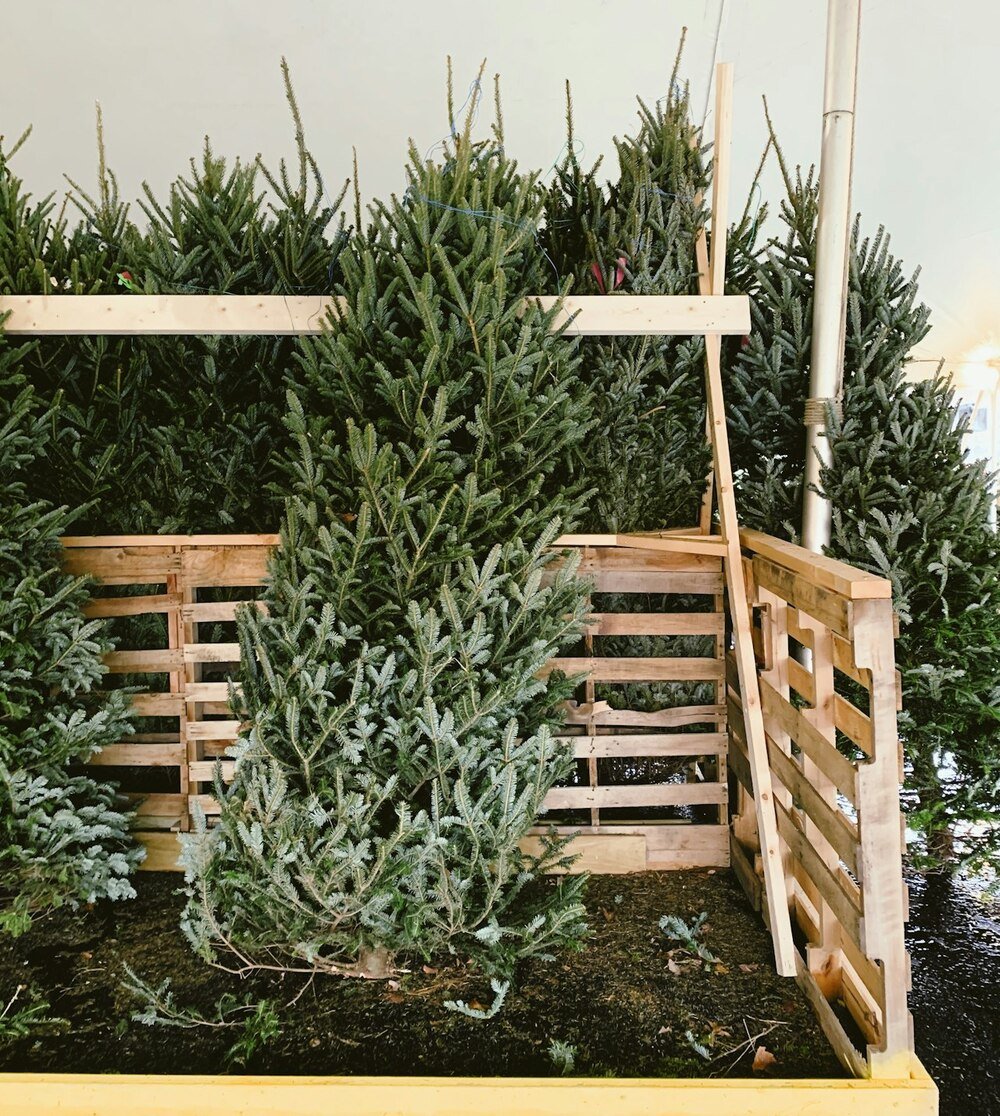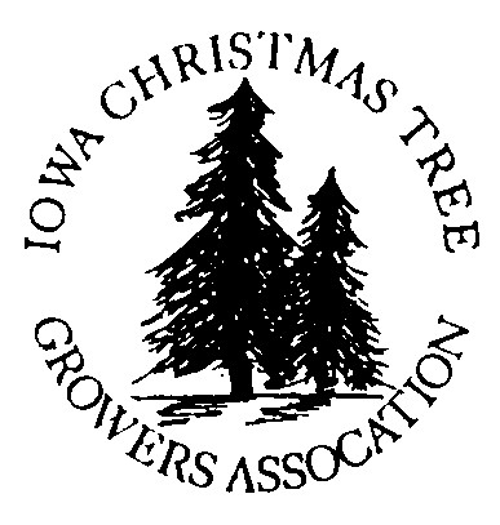Tree Varieties
Eight varieties of Christmas Trees grow well in Iowa.
Scotch Pine
A favorite Christmas tree grown in Iowa. These trees are normally grown at your local tree farm so you can choose and harvest a tree. Needles are 1 to 2 1/2 inches in length.
White Pine
Grown in Iowa, it is fluffy and very soft to the touch. It has needles longer than the Scotch Pine, usually 2 to 3 inches in length.
Fraser Fir
The branches are great for hanging heavy ornaments and the deep green needles are preferred by many Iowans. The back of the needle is a silver/blue color. Needles are about 1 inch in length.
Blue Spruce
Commonly used in landscape and windbreak settings. These trees have a broad, conical shape with dense foliage. Needles are 1/2 to 1 inch in length and silvery blue to green in color.
Douglas Fir
The old fashioned, traditional Christmas tree with short needles and the branches are great for hanging heavy ornaments.
Concolor Fir
A very popular nursery tree. The needles are flat, 2 to 3 inches in length and light green in color.
Balsam Fir
It has a dark green appearance, long lasting needles, and an attractive form. It also retains its pleasing fragrance.
Canaan
Similar to the Balsam and Fraser Fir with dark green needles and a silvery underside.
Preserving Your Christmas Tree
Tests normally used to determine freshness are of no concern to the enterprising family who drives to a choose-and-harvest tree farm - but keeping the tree fresh is.
Once your tree is home, clean it thoroughly of needles lodged among the branches, then care for it as you would for cut flowers. Keep the tree outdoors in a protected area until you are ready to decorate it. It is best to keep the trunk in water. Any large container will do. Simply make a fresh, straight cut across the trunk about an inch up from the original cut. This opens the tree stem for water intake.
If you allow the water level to drop below the fresh cut, a seal will form, just as it does on cut flowers, and a new cut will be necessary. Use hot water the first time to dissolve pitch that may be clogging water conduction tissues.
Be sure to unplug the lights before retiring for the night or leaving home. A Christmas tree has never started a fire, but the lights may overheat and start a fire among the paper gift wrapping or curtains.
There is no better family tradition than going to a tree farm and selecting and harvesting your own Iowa grown Christmas tree.

Recycling Christmas Trees
Christmas Trees Take on A New Life After the Holidays
Christmas trees are more than just the celebration of life during the holidays, they're a source of life after it. Each year more consumers are discovering the recyclable, renewable benefits of real Christmas trees.
Real Christmas trees, unlike artificial ones which aren't biodegradable and will remain in landfills for centuries after they're disposed of, can provide something back to the environment in a variety of ways.
Christmas trees are biodegradable - the trunk and branches can be used as mulch for gardens, parks or in animal stalls. The mulch provides a protective barrier for the roots of other plants and vegetation while preventing weeds from growing. The mulch then decomposes, providing the nutrients plants need to thrive.
Mulching programs are a fast-growing trend in communities throughout Iowa. Check with your local department of public works for information.
Some communities use Christmas trees to make effective sand and soil erosion barriers, especially at beaches and on river beds. Sunk into private fish ponds trees make excellent refuge and feeding areas for fish. Before recycling, Christmas trees can be used to make bird feeders, adding color and excitement to the winter garden. Utilize orange slices, suet, and seed to attract the birds. They will come for the food and stay for the shelter in the branches.
Important: Never burn your Christmas tree in a fireplace or wood stove. Burning the tree may contribute to creosote buildup.
